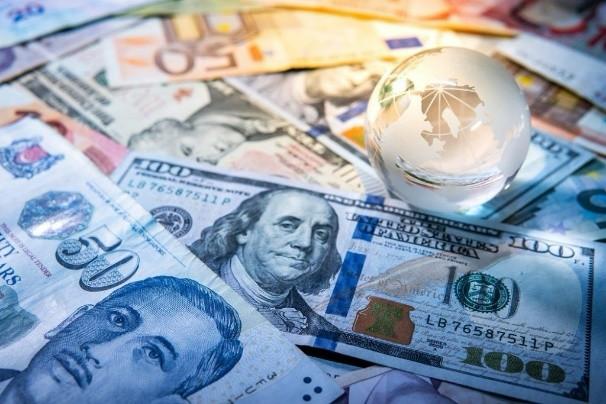 Image Source: Insights IAS
Image Source: Insights IAS
Key highlights
Amid regular international headlines on "de-dollarisation," India's approach is cautious, favouring economic stability and gradual reform over sudden ruptures with the US dollar. While BRICS and Asian counterparts tout alternatives, the rupee's international ascendance will be incremental—but India can still gain strategically and economically in the long term.
India's Stance: Pragmatism Above Push
Senior Indian leaders have repeatedly explained that India is not pursuing de-dollarisation. External Affairs Minister S. Jaishankar said that attacking the dollar is not India's economic or strategic policy. Though India is involved in discussions on alternatives in groupings such as BRICS, it steers clear of extreme suggestions such as a new BRICS currency, aware that the rupee does not provide the global stability necessary for such a shift at this moment.
Practical steps, like the rupee settlement mechanism, are confined to particular contexts (e.g., trade with Russia or sanctioned economies), designed more for transactional flexibility rather than as a wholesale alternative to the dollar system.
Economic Challenges and Dollar Dependencies
The Indian rupee has depreciated against the dollar in the last five years, restricting worldwide acceptance of trade in rupees. Exchange rate volatility is one of the fundamental issues for partners who would otherwise be open to accepting INR payments.
India's key development ambitions—digital growth, infrastructure, clean energy, poverty reduction—are intimately connected with Western investment, international technology, and multilateral institutions where dollar primacy continues.
The nation is one of the most "dollarized" of larger emerging markets, so any abrupt change from the dollar could be disruptive to its economic modernization and access to global capital.
Gradual Regional Shifts and Advantage The shift away from the dollar is, in fact, increasing across Asia, in India as well, with different countries looking at local currency settlements to avoid exchange risks and sanctions effects. Interestingly, India pays for a portion of Russian coal in yuan and has increased rupee trade arrangements, although these are exceptions rather than the norm.
In commodity markets, India's initiation of the use of local currencies (rupee, yuan) for a part of energy trade saves foreign reserves and can, over time, reduce costs and create new economic corridors.
Potential Long-Term Benefits for India
Diversification of trade settlement (in rupee wherever possible) can progressively decrease India's dependence on US dollar reserves, releasing capital for investment within the country.
Increased financial independence would insulate India to some extent from unilateral sanctions and geopolitical surprises, a welcome proposition with the increase in multipolarity.
Any increase in the global usage of the rupee would increase India's economic influence, particularly in South Asia and chosen trading partners, aiding in the development of new regional payment systems.
Limits and Outlook
De-dollarisation is a long-term objective for the foreseeable future: institutional dollar hegemony, rupee fluctuations, and India's Western growth alliances exclude any sudden switch.
Rather, India's two-track strategy—welcoming pragmatic, case-by-case local currency trade without weakening strong dollar links—places it to garner incremental benefits from a gradually diversifying global monetary order without courting economic disruption.
Sources: Geopolitical Monitor, Modern Diplomacy, CNBC
Advertisement
Advertisement



